Debunking Vehicle Restoration Myths: Cost-Effective Solutions Unveiled
Vehicle restoration services offer a surprisingly affordable alternative to replacing old cars with…….
In an era where automotive technology is advancing at a rapid pace, the art of vehicle restoration has emerged as a vital service that combines skill, precision, and a deep appreciation for automotive history. Vehicle restoration services encompass the meticulous process of resurrecting vintage or classic cars to their former glory, ensuring they not only run but also retain their unique aesthetic appeal. This article delves into the intricate world of vehicle restoration, exploring its global impact, economic significance, technological innovations, regulatory frameworks, and future potential. By examining these aspects, we aim to provide a comprehensive understanding of this specialized industry and its role in shaping the automotive landscape.
Definition: Vehicle restoration services refer to a set of specialized practices and processes aimed at reviving and revitalizing vintage or classic motor vehicles to their original state or a state of desired aesthetic and functional excellence. This intricate art involves not only mechanical repair but also meticulous attention to detail in terms of bodywork, paint, interior, and trim.
Core Components:
Historical Research: Restorators begin by extensively researching the vehicle’s history, including its make, model, production year, and previous owners. This step is crucial for accurately replicating or preserving the car’s original features.
Disassembly and Inspection: The process starts with carefully disassembling the vehicle to inspect each component for damage, wear, or corrosion. This thorough examination guides the restoration team in identifying necessary repairs and replacements.
Repairs and Replacements: Restorers fix or replace damaged parts, ensuring they are sourced from authentic or high-quality alternatives. This includes engine repairs, body panel replacement, and meticulous interior restoration.
Paintwork and Detailing: One of the most visible aspects of restoration is paint correction and repainting to match the vehicle’s original specifications. Detailing involves polishing, cleaning, and conditioning various surfaces to achieve a show-quality finish.
Electrical and Mechanical Systems: Restoring these systems requires expertise in vintage automotive technology. Upgrading or preserving electrical wiring, fuel injection, and mechanical components ensures the car’s reliable operation.
Historical Context: The concept of vehicle restoration has evolved over centuries, dating back to the early days of automobiles. As classic cars became more popular as collector’s items, dedicated restorers emerged to cater to the growing demand for preserving automotive history. Today, with a global community of enthusiasts and collectors, vehicle restoration services have become a specialized craft, combining traditional skills with modern technology.
Vehicle restoration services have transcended geographical boundaries, fostering a global community of enthusiasts, restorers, and collectors. This international influence has led to several notable trends:
Regional Specialization: Different regions around the world have developed unique specializations in vehicle restoration, reflecting their automotive heritage. For instance, the United States is known for its muscle car restoration, while Europe boasts a rich history of classic sports car restoration, particularly in countries like Italy and Germany.
Market Growth: The global vintage and classic car market, which heavily relies on restoration services, has experienced significant growth. According to a report by Market Research Future (MRFR), the market is projected to reach USD 13.2 billion by 2027, growing at a CAGR of 5.6% from 2020 to 2027. This growth is primarily driven by rising disposable incomes and a surge in classic car ownership.
Digitalization: The digital revolution has brought about significant changes in the restoration industry. Online platforms facilitate the exchange of knowledge, with restorers sharing techniques and resources globally. E-commerce also enables easy access to rare parts, enhancing the availability of services worldwide.
Cultural Exchange: International car shows and events showcase restored vehicles, fostering cultural exchanges and collaborations between restorers from different countries. This cross-cultural interaction contributes to the evolution of restoration techniques and styles.
The economic aspects of vehicle restoration services are multifaceted, impacting both the industry and broader economic systems:
| Economic Factor | Impact |
|---|---|
| Market Dynamics | The vintage car market is highly dynamic, with demand driven by factors like rarity, historical significance, and mechanical condition. Restorers must stay abreast of market trends to set competitive prices for their services. |
| Investment Patterns | Classic cars have become valuable assets, attracting investors who seek both financial returns and automotive passion. Restoration services play a crucial role in increasing the value of these investments. |
| Economic Growth | The restoration industry contributes to economic growth by generating employment, stimulating local economies, and promoting tourism through car shows and events. |
| Supply Chain Challenges | Sourcing rare or period-correct parts can be challenging and expensive. Restorers often forge global connections to secure the necessary components, impacting service costs. |
Technological innovations have revolutionized vehicle restoration services, enabling restorers to achieve unprecedented levels of precision and quality:
Computer-Aided Design (CAD): CAD software allows restorers to create detailed digital models of vehicles, facilitating precise measurements and design modifications. This technology aids in accurate reproduction of parts and ensures a perfect fit during reassembly.
3D Printing: 3D printing has emerged as a game-changer, enabling the creation of custom parts and components. Restorers can reproduce rare or missing pieces exactly, enhancing the authenticity of restored vehicles.
Advanced Materials: The introduction of modern composite materials and lightweight alloys offers restorers alternative options for body panels and structural components, improving both strength and aesthetics.
Digital Imaging and Photography: High-resolution imaging techniques capture intricate details during the restoration process, providing a visual record that can be referenced in the future. This documentation assists in maintaining historical accuracy.
Automated Tools: Automated machines and robotic systems have improved efficiency in various restoration processes, from body panel straightening to paint application. These tools reduce labor costs and enhance consistency.
The vehicle restoration industry operates within a framework of policies and regulations that vary across jurisdictions:
Vehicle Registration and Title: Restored vehicles must adhere to local registration and titling requirements, which may involve specific inspections and documentation to ensure they meet safety standards.
Emissions and Safety Standards: Restorers must comply with environmental and safety regulations, ensuring restored vehicles meet modern emission standards while preserving their historical integrity. Striking a balance between these requirements can be challenging for restorers.
Intellectual Property Rights: Protecting the intellectual property of restoration techniques, designs, and proprietary parts is crucial. Patents, trademarks, and copyrights play a vital role in safeguarding the unique skills and innovations within the industry.
Export and Import Regulations: International trade in restored vehicles and their parts is subject to customs regulations and tariffs, which restorers must navigate carefully to avoid legal complications.
Despite its growth and technological advancements, the vehicle restoration services industry faces several challenges and criticisms:
Authenticity vs. Modernization: One of the primary debates revolves around preserving historical authenticity versus incorporating modern improvements. Some purists argue against altering classic cars with modern components, while restorers advocate for blending traditional values with contemporary technology to ensure long-term preservation.
Skill Shortage: Finding and retaining skilled restorers is a significant challenge due to the specialized nature of the work and the relatively low public profile of the industry. This skill shortage can lead to longer turnaround times and higher costs for customers.
Part Sourcing: Obtaining rare or period-correct parts can be difficult, especially for less common makes and models. Restorers often face challenges in locating authentic replacement parts, impacting the quality and accuracy of restorations.
Legal Compliance: Navigating varying legal requirements across regions is complex, particularly for international restorers. Staying updated on regulations and ensuring compliance can be resource-intensive.
Actionable Solutions:
Training Programs: Establishing comprehensive training programs to educate and certify restorers can help address the skill shortage. These programs can cover both traditional restoration techniques and modern technological advancements.
Part Sourcing Networks: Creating global networks and databases of suppliers specializing in vintage automotive parts can improve accessibility for restorers. Online platforms facilitating the exchange of rare parts could revolutionize the industry.
Standardized Regulations: Developing standardized regulations with clear guidelines on historical preservation, safety, and emissions can simplify compliance for international restorers. Collaboration between regulatory bodies worldwide could achieve this.
A German restorer took on the challenge of restoring a 1973 Porsche 911 to its original specification, including the unique features of that era. The meticulous process involved sourcing rare parts from around the globe and recreating faded interior details. The completed car was presented at an international auto show, receiving accolades for its impeccable restoration and historical accuracy. This project highlighted the restorer’s ability to blend traditional craftsmanship with modern technology, ensuring the car’s longevity and aesthetic appeal.
A small team of restorers in the USA embarked on a journey to restore a 1967 Ford Mustang to its former glory. They utilized advanced scanning technologies to create precise digital models, enabling them to identify minor discrepancies in the car’s structure. The restoration involved a complete disassembly and reconstruction, with special attention to engine performance and cosmetic details. Upon completion, the Mustang won several awards at major automotive events, demonstrating the restorers’ expertise and their ability to cater to demanding customers.
An Italian restoration company was commissioned to revive an iconic Formula One car from the late 1950s. The project required not only mechanical restoration but also historical research to ensure the car’s authenticity. Restorers collaborated with a museum to accurately replicate the racing team’s colors and logos. This case study exemplifies the industry’s ability to blend modern restoration techniques with the preservation of automotive history.
The future of vehicle restoration services is poised for growth and innovation, driven by several emerging trends:
Sustainability Focus: Environmental consciousness is influencing the restoration industry, with restorers exploring eco-friendly practices, such as using sustainable materials and implementing energy-efficient restoration techniques.
Digital Twin Technology: The concept of creating digital twins of classic cars offers a new avenue for preservation. Restorers can build virtual models, allowing owners to interact with their vehicles in a digital space while ensuring historical accuracy.
Personalized Restoration: With the rise of customization and personalization in the automotive industry, restorers are expected to offer tailored restoration services, catering to individual preferences and tastes.
Global Collaboration: International collaboration among restorers, collectors, and enthusiasts will continue to shape the industry. Sharing knowledge and resources across borders can lead to innovative techniques and a broader appreciation for classic cars.
Vehicle restoration services represent more than just revamping old cars; it is an art that preserves automotive history, fosters cultural exchange, and supports economic growth. As the industry continues to evolve, restorers must balance traditional craftsmanship with technological advancements to meet the demands of a global audience. The future prospects for this specialized field are promising, with potential for expansion in various regions and emerging technologies.
By delving into the world of vehicle restoration services, we gain appreciation for the skill, dedication, and passion that go into bringing classic cars back to life. As these vehicles become increasingly valuable assets and cultural icons, the role of restorers will only grow in significance, ensuring that automotive history remains a vibrant and cherished part of our collective heritage.
Q: How do I find a reputable vehicle restoration service?
A: Research is key. Look for well-established companies with positive reviews and industry certifications. Online platforms and automotive forums can provide valuable insights from other enthusiasts.
Q: What are the costs involved in restoring a classic car?
A: Costs vary widely depending on the make, model, condition, and scope of work. Restorers typically provide detailed estimates based on their assessment, including labor, materials, and any specialized services required.
Q: Can I get my restored vehicle registered?
A: Yes, most restorers can assist with registration and titling processes, ensuring your vehicle meets local regulations while preserving its historical integrity.
Q: Are there any environmental considerations for classic car restoration?
A: Absolutely. Restorers must adhere to modern emissions standards while respecting the historical authenticity of the vehicle. Eco-friendly practices are gaining traction in the industry to minimize the environmental impact.
Q: How can I ensure the longevity of my restored classic car?
A: Regular maintenance, proper storage, and occasional driving are essential for long-term preservation. Restorers can provide guidance on care and maintenance routines to keep your classic car in optimal condition.
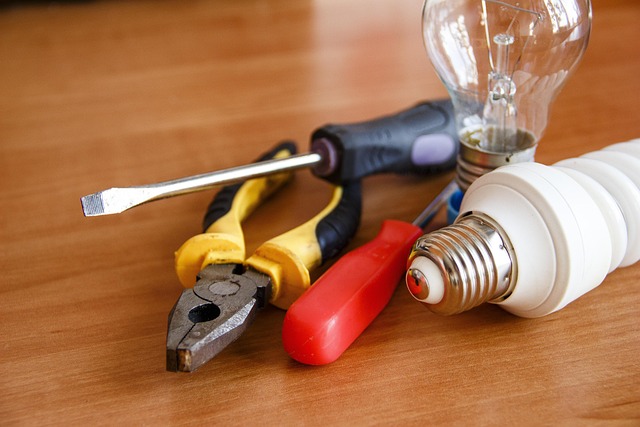
Vehicle restoration services offer a surprisingly affordable alternative to replacing old cars with…….
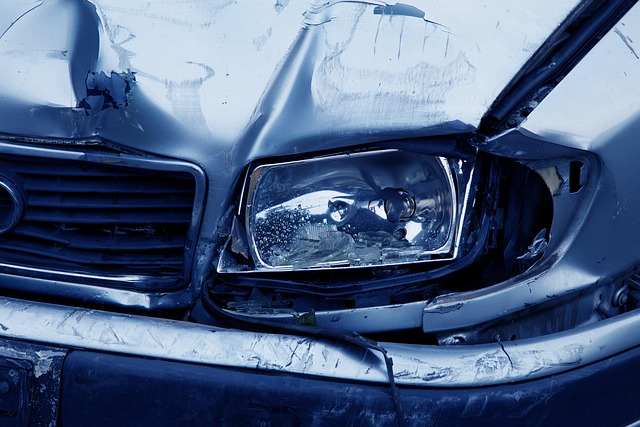
Modern vehicle restoration goes beyond aesthetics and traditional skills, incorporating advanced dig…….
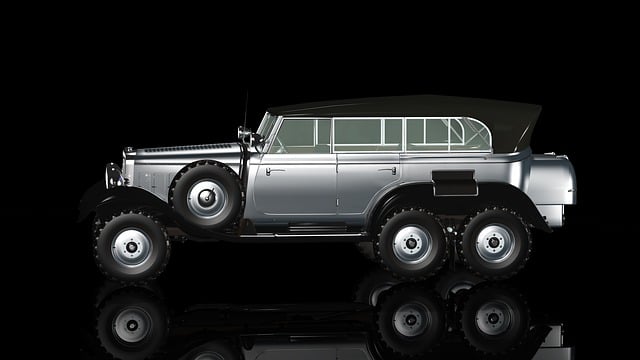
Dealers who collaborate with vehicle restoration services see significant boosts in customer satisfa…….
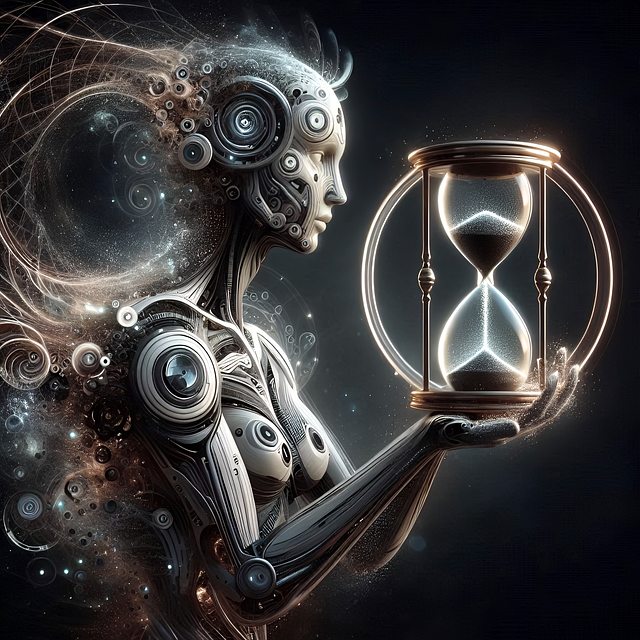
Electric classic conversions require specialized vehicle restoration services that blend traditional…….
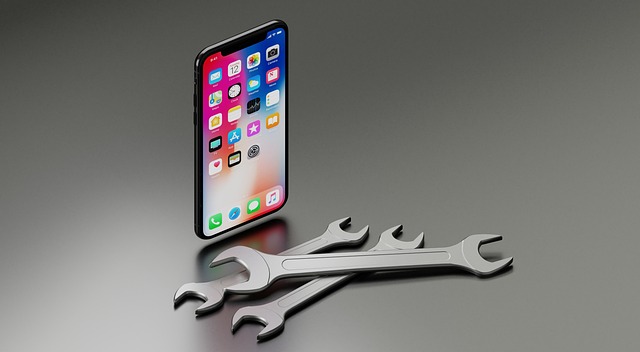
Vehicle restoration services transform ordinary cars into unique masterpieces through meticulous cra…….
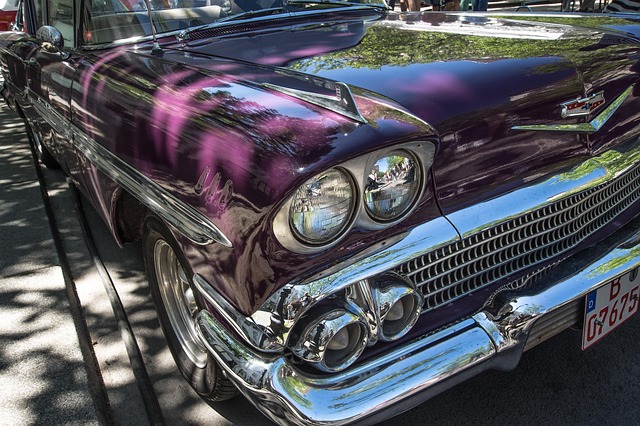
Vehicle restoration services go beyond exterior repairs, with interior upholstery and trim work as c…….
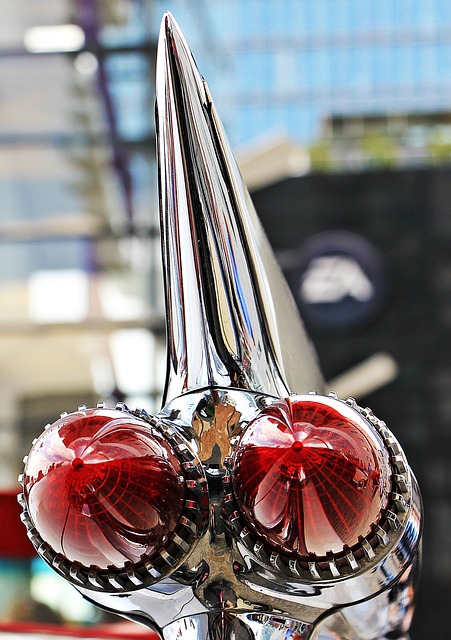
Restoring antique cars is a meticulous art demanding specialized vehicle restoration services and hi…….
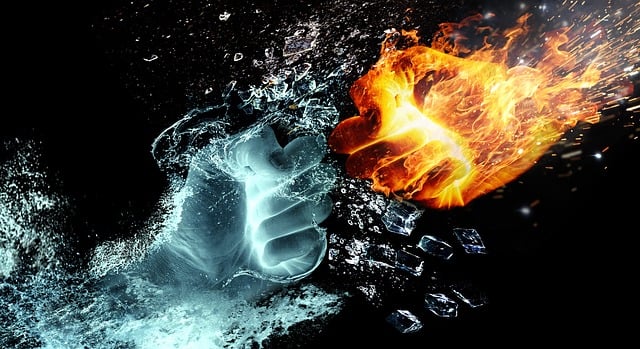
Vehicle restoration services for vintage cars require skilled paint matching to recreate past aesthe…….
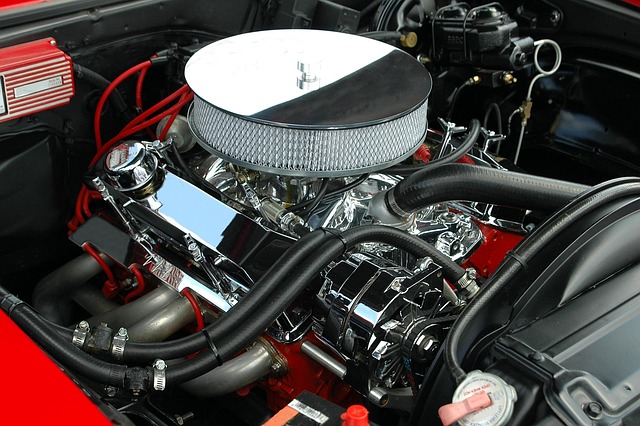
Meticulous frame and structural work by skilled technicians is the foundation for any successful veh…….